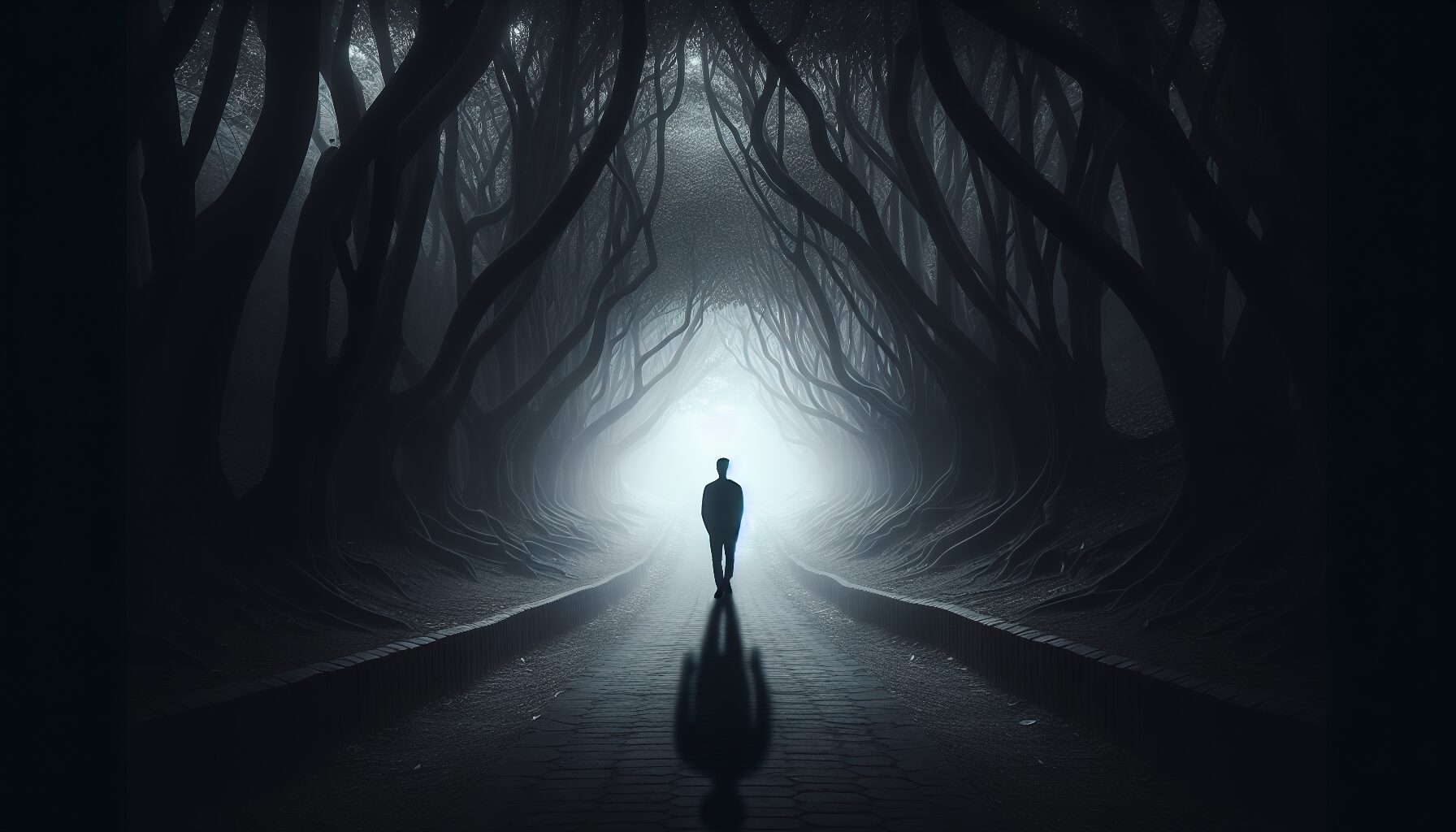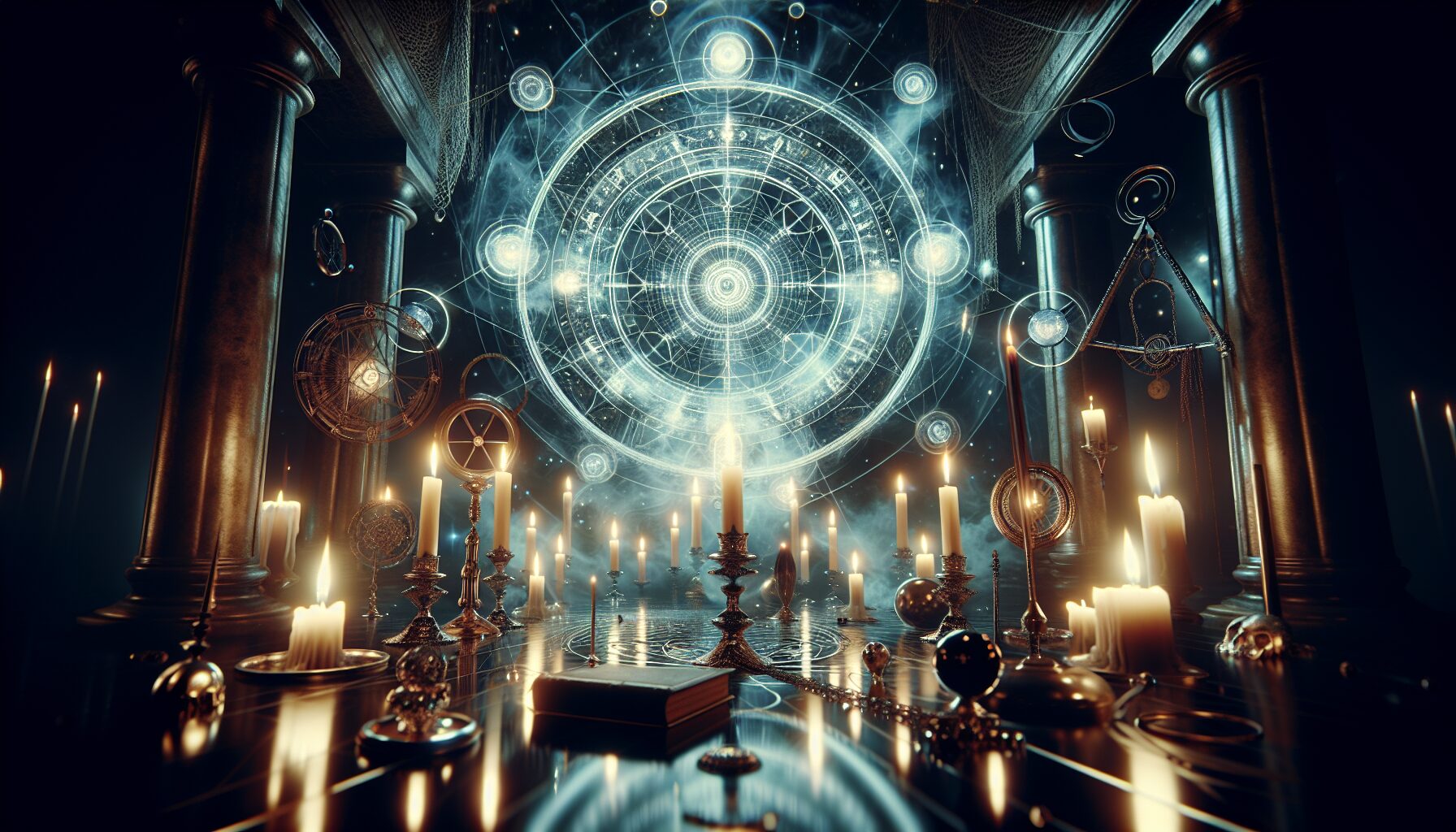In the rich tapestry of human psychology, the shadow archetype holds a place of intrigue and complexity. Originally coined by Carl Jung, the shadow represents the unconscious part of the psyche where repressed desires, memories, and emotions reside. This archetype embodies the dark aspects of one’s personality, those parts we wish to conceal from the world and often, from ourselves.
“Until you make the unconscious conscious, it will direct your life and you will call it fate.” – Carl Jung
The shadow exists in everyone, a fundamental component influencing behavior and perception. Rather than viewing it as wholly negative, Jung believed facing our shadow is essential for achieving personal growth and self-awareness. This confrontation leads to what he termed individuation, the process of integrating different elements of the psyche to form a well-rounded personality.
- Origins and Meaning: Derived from the depths of the unconscious mind, the shadow archetype can contain everything outside the light of consciousness. It is often perceived as chaotic or unruly, yet it holds the keys to creativity and insight, providing a deeper understanding of human emotions and motivations.
- Recognition and Acceptance: Recognizing one’s shadow involves acknowledging parts of oneself that might be deemed unacceptable or uncomfortable. This includes negative traits like anger, envy, and greed, but also positive qualities that may seem too overwhelming or threatening, such as assertiveness or ambition.
- Integration and Growth: Integration is the process of embracing these dark elements and using them constructively. By harmonizing the shadow with the conscious self, individuals can experience a more authentic and fulfilled life, as understanding the full spectrum of their inner world leads to a balanced existence.
In literature and myth, the shadow often manifests as a character or force acting against the hero, symbolizing internal struggles reflected outwardly. From Frankenstein’s monster to Jekyll and Hyde, these narratives explore the consequences of ignoring or denying the shadow, illustrating how repression can lead to destruction or chaos.
“The shadow is a moral problem that challenges the whole ego-personality, for no one can become conscious of the shadow without considerable moral effort.” – Carl Jung
Recognizing and reconciling with the shadow requires courage and honesty. In doing so, we unlock deeper layers of self-awareness, nurturing connections between our light and dark sides. This integration not only cultivates personal harmony but also fosters empathy and understanding toward others, as we become more attuned to the hidden aspects of human nature.
For more insights into Jung’s theories, you can visit the C. G. Jung Page.

